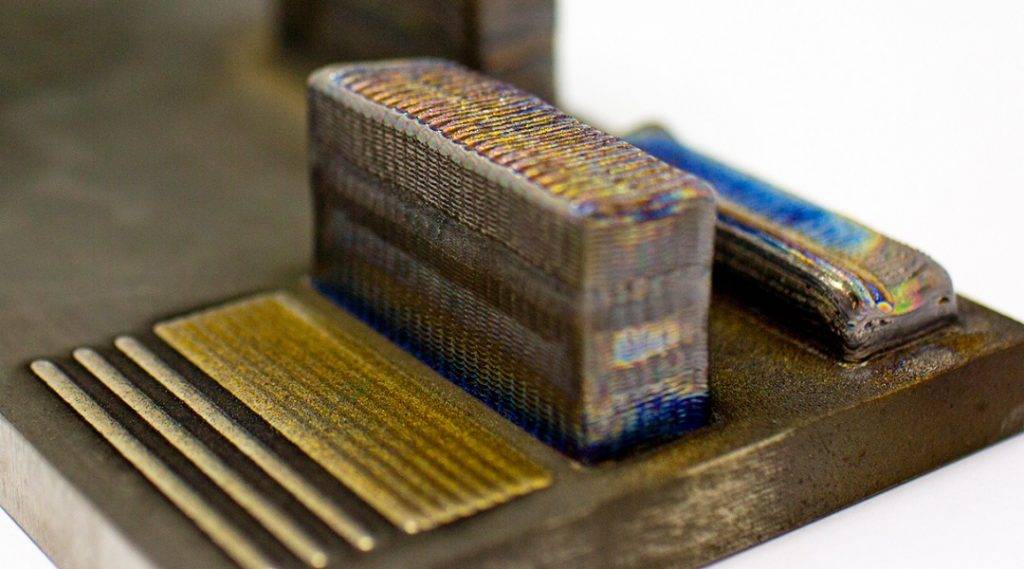
Collaboration between researchers at the RMIT, CSIRO, University of Queensland, Ohio State University report a new titanium alloy that incorporates copper.
Titanium has excellent corrosion resistance and the highest strength-to-density ratio of any metallic element. It can be combined with other elements to produce strong, lightweight alloys for numerous high-performance applications in technology, manufacturing, and medicine.
In these fields, 3D printing is becoming ever more important as an efficient manufacturing method. However, current titanium alloys used in additive manufacturing often bond together in column-shaped crystals during the printing process.
The resulting adverse grain structure makes them prone to cracking or distortion and thus susceptible to material failure. As a result, titanium 3D printing without additional treatment not completely operational.
Now, a collaboration between researchers at the Australian Royal Melbourne Institute of Technology (RMIT), the Commonwealth Scientific and Industrial Research Organisation (CSIRO), the University of Queensland, and Ohio State University report a new titanium alloy that incorporates copper appears to have solved this problem.
“A major barrier to the widespread adoption of metal 3D printing is the control of the grain structure,” explained Professor Mark Easton from RMIT University’s School of Engineering. Because only a homogeneous and fine grain structure provides solid and usable metals; the same is true for titanium, of course.
“Alloys currently employed in industry have been originally designed for conventional manufacturing routes and not optimized for metal 3D printing,” Easton adds. “So, we were hoping to design new alloys with high strength and optimum solidification behavior to take the full processing advantage of metal 3D printing as a competitive manufacturing route for high performance components.”
The team’s first series of tests have shown fewer defects during additive manufacturing and good material properties. Moreover, copper has a further positive advantages. “Copper is well recognized for having an anti-bacterial effect, and this alloy could possibly be used in anti-bacterial applications in the biomedical industries, such as dental applications,” said Easton.
The scientists are currently engaged in extensive investigations in order to determine the properties of their new titanium-copper alloy. In the future, the RMIT professor wants to further improve on these by adding additional elements or using heat treatments.
Source: https://www.advancedsciencenews.com
Bahrain's Arab Shipbuilding and Repair Yard (ASRY) has entered a strategic partnership with the global…
Aerospace giant Airbus has significantly expanded its use of additive manufacturing (AM), confirming it is…
The U.S. Navy’s Maritime Industrial Base (MIB) Program, General Dynamics Electric Boat, and Lincoln Electric…
Caracol, a global leader in robotic large-format additive manufacturing, and RusselSmith, an ISO-certified provider of…
Works cited Additive Manufacturing Forecast 2025: Market - AMFG, accessed on June 28, 2025, https://amfg.ai/2025/02/12/additive-manufacturing-forecast-2025-market/…
National Additive Manufacturing and Innovation Company (NAMI), a joint venture between Dussur and 3D Systems…
This website uses cookies.